Fragment of a Grave Monument from the Ancient Athenian Agora
Annotations
A fragment from the top left of a grave stele excavated from the area of the Stoa of Attalos. The ornamental Acanthus leaf motif is among the most common decorative motifs in ancient Greek design.

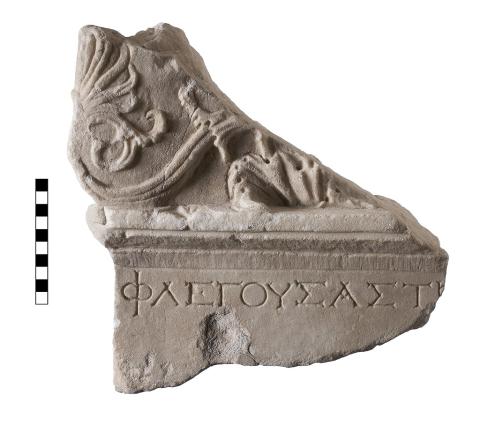
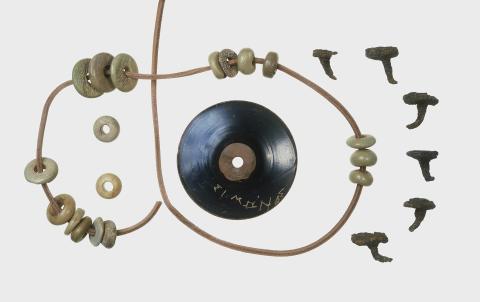
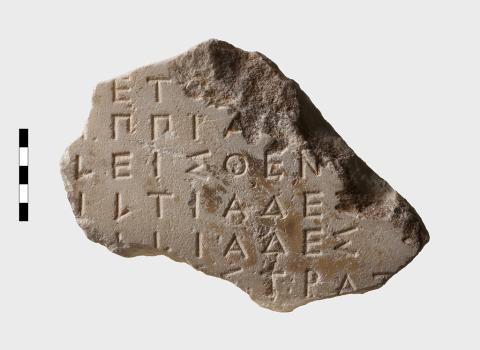
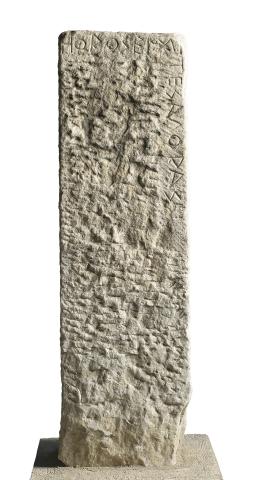
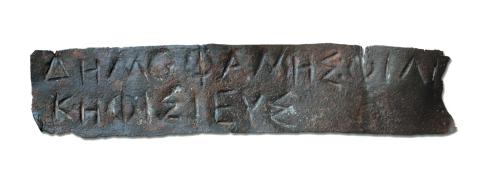
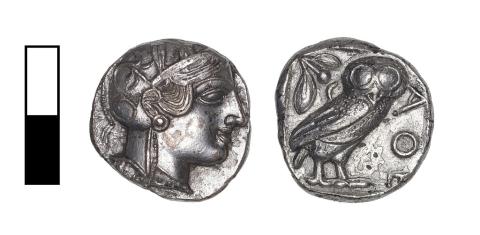
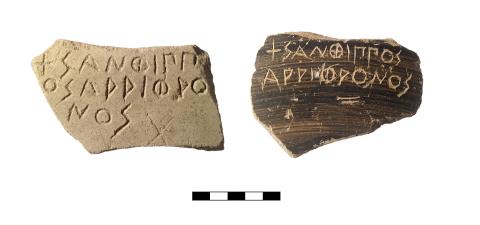
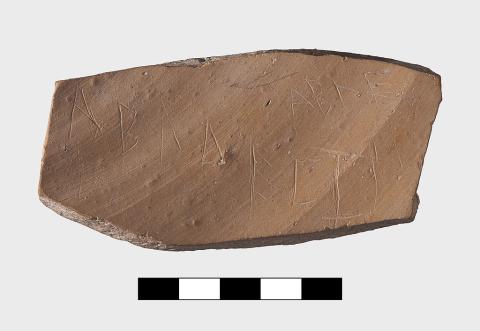
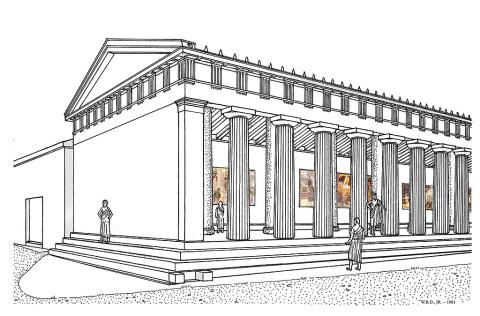
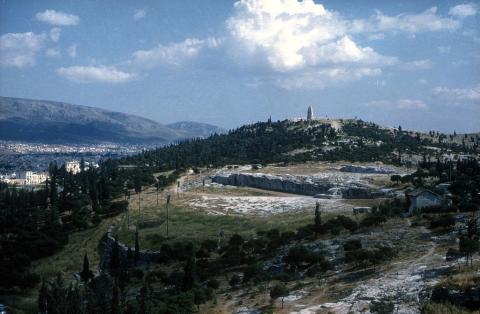
Bibliography:
Agora XVII, no. 1012, p. 176, pl. 80.
Agora XXXV, no. 369, pl. 120.